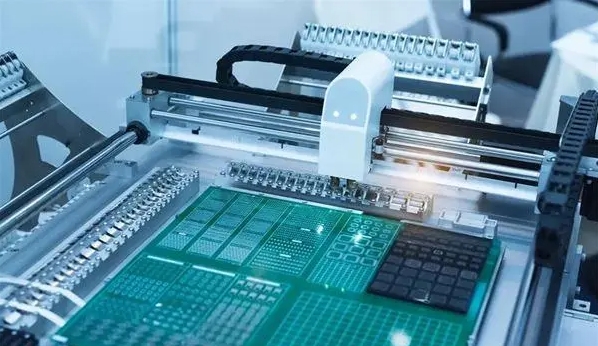The Future of Precision Engineering: Integrating Robotics in Sheet Metal Fabrication+ View more
The Future of Precision Engineering: Integrating Robotics in Sheet Metal Fabrication
+ View more
Date:2023-12-19 20:00
The realm of precision engineering in sheet metal fabrication is poised for a revolutionary leap forward through the integration of robotics. This article navigates the transformative potential and the imminent evolution brought by robotics in enhancing precision, efficiency, and adaptability within the landscape of sheet metal fabrication.
Evolution of Precision Engineering in Sheet Metal Fabrication
Precision engineering has always been the cornerstone of sheet metal fabrication. From traditional manual methods to advanced CNC techniques, the quest for precision remains relentless. The integration of robotics now heralds a new era, amplifying the capabilities and pushing the boundaries of what's achievable.
Role of Robotics in Precision Sheet Metal Fabrication
Robotics introduces a paradigm shift in sheet metal fabrication. Robotic arms equipped with advanced sensors and machine vision systems execute intricate tasks with unparalleled accuracy. Their flexibility in handling complex geometries and repetitive tasks elevates production efficiency while ensuring consistent precision.
Collaborative Robots (Cobots) and Human-Machine Interaction
Collaborative robots, or cobots, play a pivotal role in reshaping human-machine interaction. Designed to work alongside human operators, cobots enhance safety and efficiency on the shop floor. Their ability to perform intricate tasks under human supervision signifies a harmonious fusion of human expertise with robotic precision.
Automated Material Handling and Workflow Optimization
Robotics in sheet metal fabrication extends beyond precision machining. Automated material handling systems streamline workflows, optimizing the movement of raw materials and finished components. This automation reduces cycle times, minimizes errors, and enhances overall operational efficiency.
Adaptive Robotics and AI-Driven Manufacturing
The future of precision engineering in sheet metal fabrication is intertwined with adaptive robotics. Artificial intelligence (AI) algorithms empower robots to adapt to dynamic environments, optimise tool paths, and adjust parameters in real-time. This agility ensures optimal performance and minimal downtime.
Integration of Robotics with Additive Manufacturing
The convergence of robotics with additive manufacturing technologies unlocks unprecedented possibilities. Robotic 3D printing and deposition systems enable the creation of intricate sheet metal components with enhanced structural integrity and design flexibility, broadening the horizons of fabrication capabilities.
Conclusion
In conclusion, the integration of robotics represents a seismic shift in the future of precision engineering within sheet metal fabrication. The fusion of robotic capabilities with human expertise amplifies precision, efficiency, and adaptability. The collaborative and adaptive nature of robotics ensures not just a leap in technological advancement but a fundamental reimagining of the possibilities in precision sheet metal fabrication.
The future isn't just automated; it's a harmonious collaboration between human ingenuity and robotic precision, paving the way for a new era of unparalleled precision engineering in sheet metal fabrication.
Share to:
Recommend wonderful blog posts

